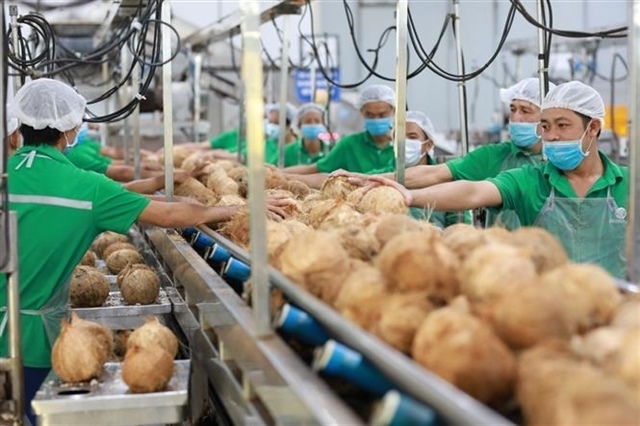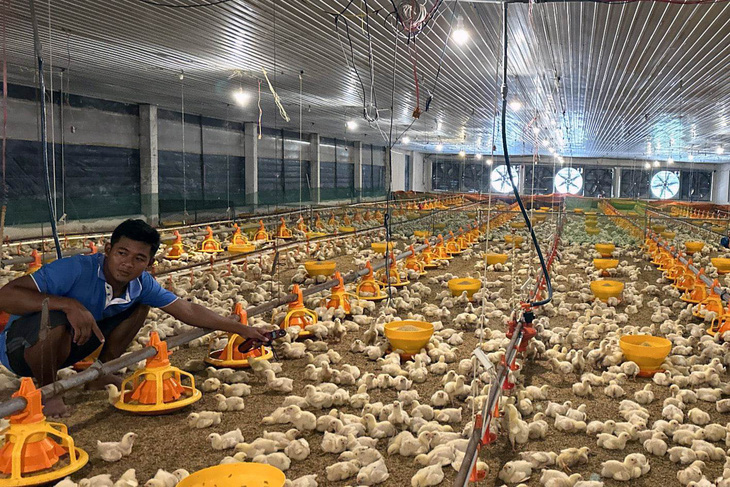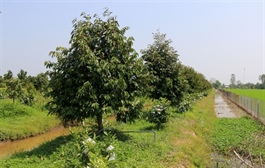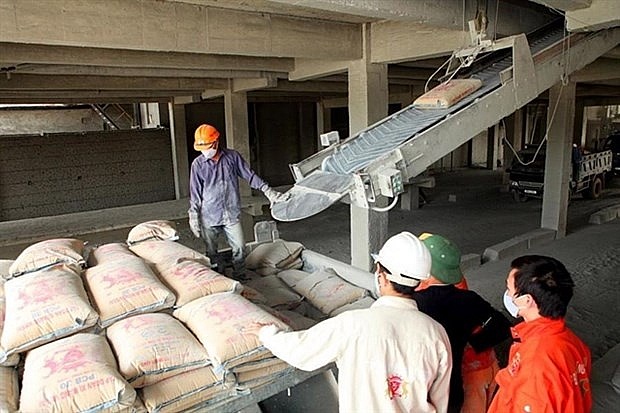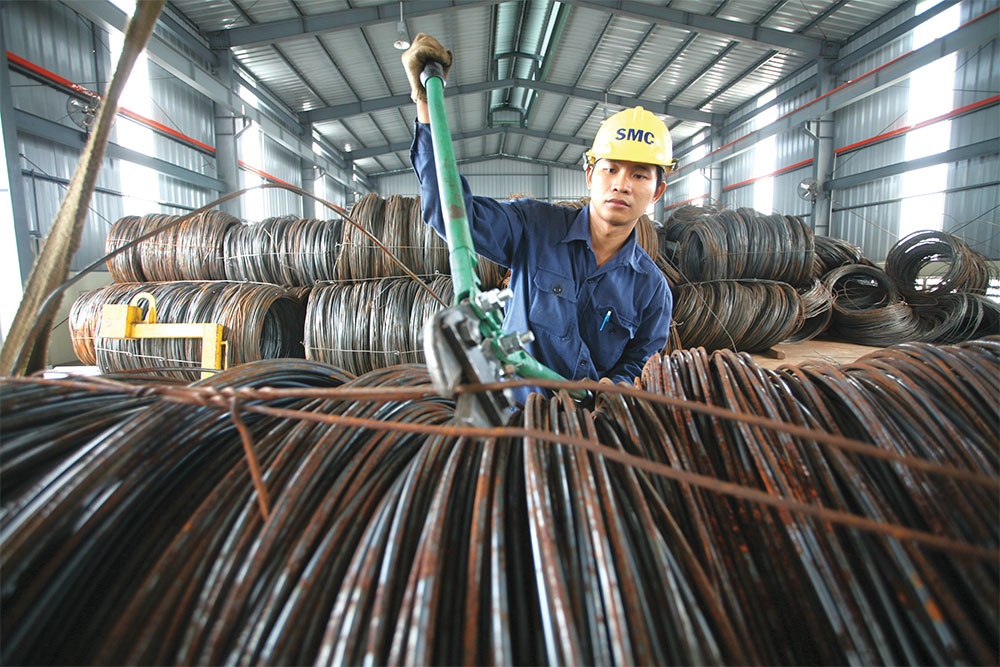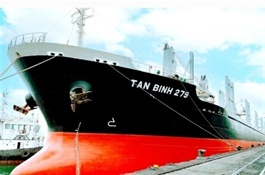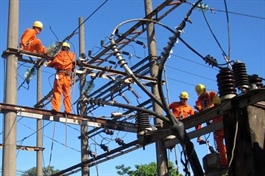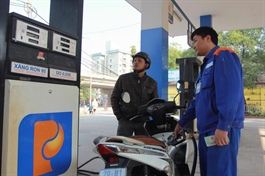Despite stable price, Vietnamese cement and clinker exports still fall sharply
Despite stable price, Vietnamese cement and clinker exports still fall sharply
The Viet Nam National Cement Association (VNCA) said that the export of cement and clinker would continue to face difficulties this year.

Cement export turnover to China decreased by more than 90 per cent over the same period last year. — Photo kinhte.congthuong.vn |
Export tax on clinker increased from 5 per cent to 10 per cent from January 1.
However, even though the price of export clinker did not increase, it was extremely difficult for businesses because it was not enough to cover production costs and taxes, said VNCA.
Currently, the three main export markets of Viet Nam's cement are the Philippines, the US and Hong Kong (China).
As for clinker, the main export markets are China, Bangladesh, and the Philippines.
As a major export market of Viet Nam, the export of construction materials to China has been quite gloomy since the beginning of the year because the real estate market of this country has not fully recovered.
Among them, cement export turnover to China decreased by more than 90 per cent against the same period last year.
VNCA President Nguyen Quang Cung commented that Viet Nam's clinker exports to China accounted for the most.
Viet Nam exported to other countries about 40 million tonnes of clinker in 2021, of which, the Chinese market alone took 30 million tonnes.
It was clear that the Chinese market recognised quality Vietnamese goods at competitive prices, he told the Vietnam News Agency.
However, Cung assessed that the market situation this year was no longer as optimistic as before.
The export of clinker is forecast to continue to face difficulties as the construction demand of the Chinese market has not prospered.
Statistics showed that the total export volume of cement and clinker only reached 30.65 million tonnes last year, down 33 per cent compared to 2021.
The total value of foreign currency earned from the export of cement and clinker reached US$1.36 billion last year, down $398 million year-on-year.
Along with that, Viet Nam's second-largest export market, the Philippines, recently announced the imposition of a temporary anti-dumping tax on Vietnamese cement.
A number of cement manufacturers in the Philippines sued cement exporters from Viet Nam to the Philippines for dumping in early 2021, causing damage to the Philippine cement industry.
Cement exporters reflected that with the current large oversupply, when the total capacity exceeds 110 million tonnes and continues to be supplemented with supply from new lines, while the demand for cement consumption at only 64 - 65.5 million tonnes, leading to increasingly fierce competition.
Therefore, the cement production units are under pressure to consume the products they produce.
Therefore, maintaining traditional export markets such as the Philippines, China, and Bangladesh is a "lifesaver" for businesses that choose to export as the main consumption market.
In fact, manufacturers with large export volumes are trying to reduce production costs and find new markets in addition to maintaining traditional customers in the Philippines.
They even accept to adapt to the policies of trade protectionism and anti-dumping tax to export the most effective products.
Experts predict that cement production capacity will reach more than 120 million tonnes this year, while domestic consumption is only about 65 million tonnes and exports will struggle to reach 31 million tonnes as last year.
Although it is forecast that the export channel in the coming years will not have many growth opportunities, experts said that the cement industry could still expect positive signals from the Government's strong disbursement of public investment projects in the coming period to partially offset the decline in the export market.






